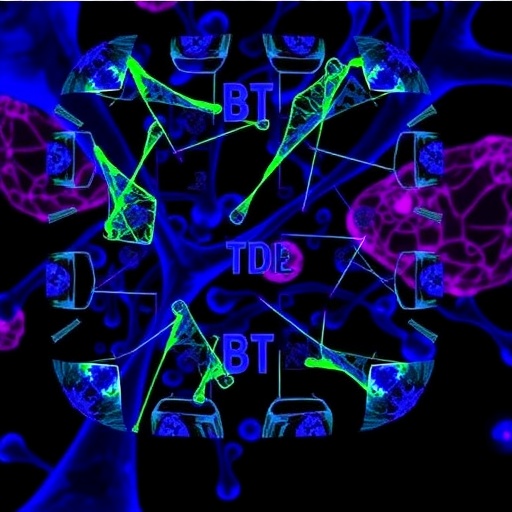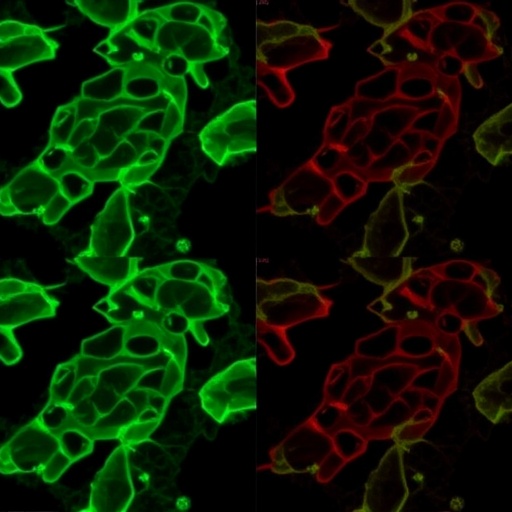Hearing loss is a common affliction associated with advancing age and exposure to very loud noises, affecting two-thirds of adults over age 70. But living with hearing loss may not be inevitable. Scientists report in the ACS journal Bioconjugate Chemistry a novel approach to the restoration of hearing that delivers stimulants of cell growth and connectivity directly to damaged ear cells.
Hearing loss is attributed to the degradation of specialized inner ear cells, including hair cells and spiral ganglion neurons, as well as the connections between these cells. These cells are located within the cochlea, the shell-shaped ear bone that orchestrates hearing. Loss of synapses between these cells because of loud noises or aging can lead to "hidden hearing loss," or difficulty hearing in a noisy environment. It may also lead to the development of tinnitus, or "ringing in the ears." Biological molecules called neurotrophins are involved in the development and proper wiring of hearing cells. This raises the possibility that delivering molecules, such as 7,8-dihydroxyflavone (DHF), that mimic neurotrophin activity, to the inner ear could bring the damaged cells back into auditory action. Delivery is an issue though, as therapeutic molecules tend to be quickly flushed out by inner ear fluids. So, David H. Jung, Charles E. McKenna and colleagues wanted to see whether tethering DHF to another molecule, one that sticks to bone, could anchor the therapeutic activity to the cochlea long enough to potentially restore hearing.
The researchers designed and synthesized a molecule combining DHF and bisphosphonate, which latches onto bone, then tested its neurotrophic activity. In cell cultures, the combo molecule bound bone mineral, while maintaining the ability to stimulate spiral ganglion neuron outgrowth. This new molecule also regenerated synapses in mouse inner ear tissue that had been damaged. Future work will test the potential of the molecule in animal models of hearing loss.
###
The authors acknowledge funding from the American Academy of Otolaryngology-Head and Neck Surgery Herbert Silverstein Otology and Neurotology Research Award, the American Otological Society Research Grant and by a grant from the National Institute on Deafness and other Communication Disorders.
The abstract that accompanies this study is available here.
The American Chemical Society, the world's largest scientific society, is a not-for-profit organization chartered by the U.S. Congress. ACS is a global leader in providing access to chemistry-related information and research through its multiple databases, peer-reviewed journals and scientific conferences. ACS does not conduct research, but publishes and publicizes peer-reviewed scientific studies. Its main offices are in Washington, D.C., and Columbus, Ohio.
To automatically receive news releases from the American Chemical Society, contact [email protected].
Follow us on Twitter | Facebook
Media Contact
Katie Cottingham
[email protected]
301-775-8455
@ACSpressroom
http://www.acs.org




